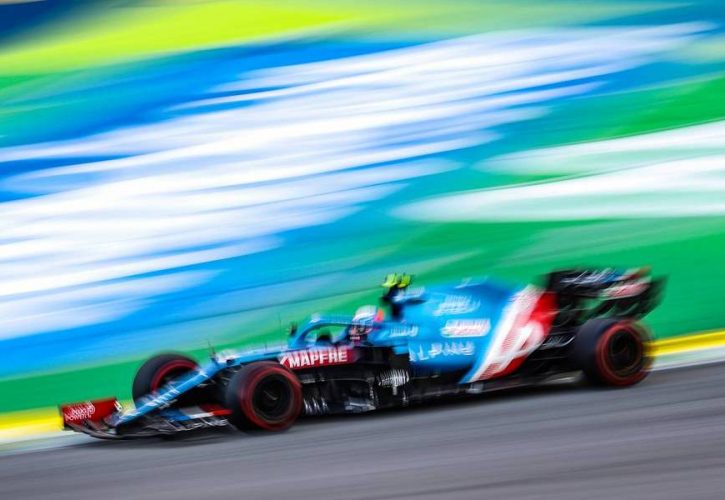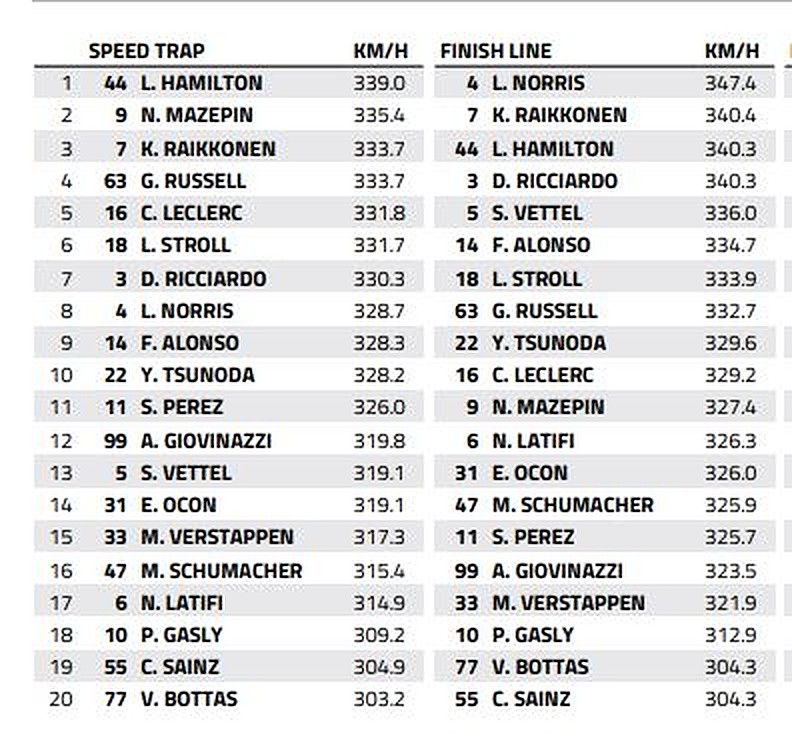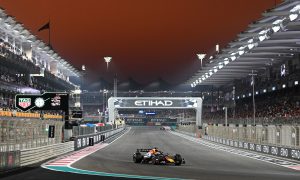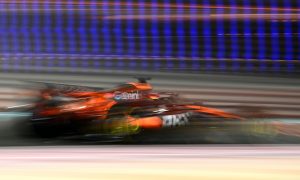
Interlagos is located much lower than Mexico City in terms of altitude, but it’s still 800m above sea level and its altitude still impacts aero performance and straight-line speed.
As a medium-to-high downforce track, it requires lots of aero and mechanical grip through its twisty mid-section, but the two long straights mean that downforce levels are a compromise.
We've purposefully selected the speed trap readings from Saturday's sprint race rather than from qualifying as much has been written about Lewis Hamilton's performance in the 24-lap sprint, and for good reason.
Red Bull's Christian Horner says that he remains baffled by the Mercedes "mind-boggling" straight-line speed. And the speed trap numbers recorded at the end of Interlagos' main straight clearly confirm Horner's worries.
At 339 km/h, Hamilton clocked in 4 km/h quicker than the second fastest car, but a whopping 21.7 km/h faster than his championship rival, Red Bull's Max Verstappen!
Oddly, sprint race winner Valtteri Bottas was the absolute laggard in the race in terms of top velocity, a somewhat strange deficit that is perhaps linked to the race's circumstances and to the tow/DRS opportunities offered to other drivers during the sprint, whereas the Finn spent most of his race in clean air, with no DRS activations.
The same logic perhaps applies to the difference in velocity as measured at the finish line and at the end of the main straight
Regardless of the differences, F1 fans are in for a thrilling afternoon of racing in Sao Paulo on Sunday.
Can Ham pull off a shock win from tenth on the grid? One would be very misguided to rule out the seven-time world champion.

Gallery: The beautiful wives and girlfriends of F1 drivers
Keep up to date with all the F1 news via Facebook and Twitter






